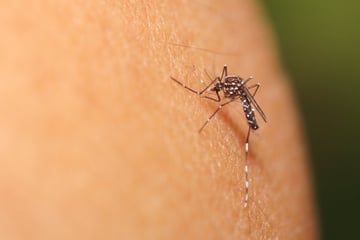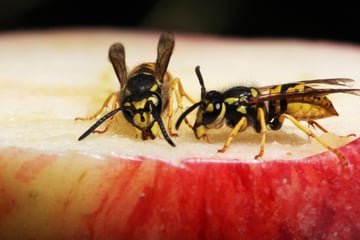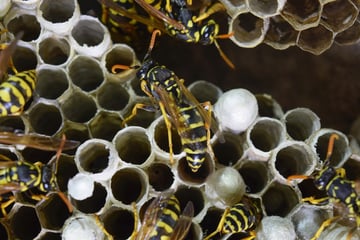Turtle vs. tortoise: What is the difference between a turtle and a tortoise?
Everyone knows there is a difference between turtles and tortoises, but not everyone understands what that difference is. Luckily for you, we have the answers.
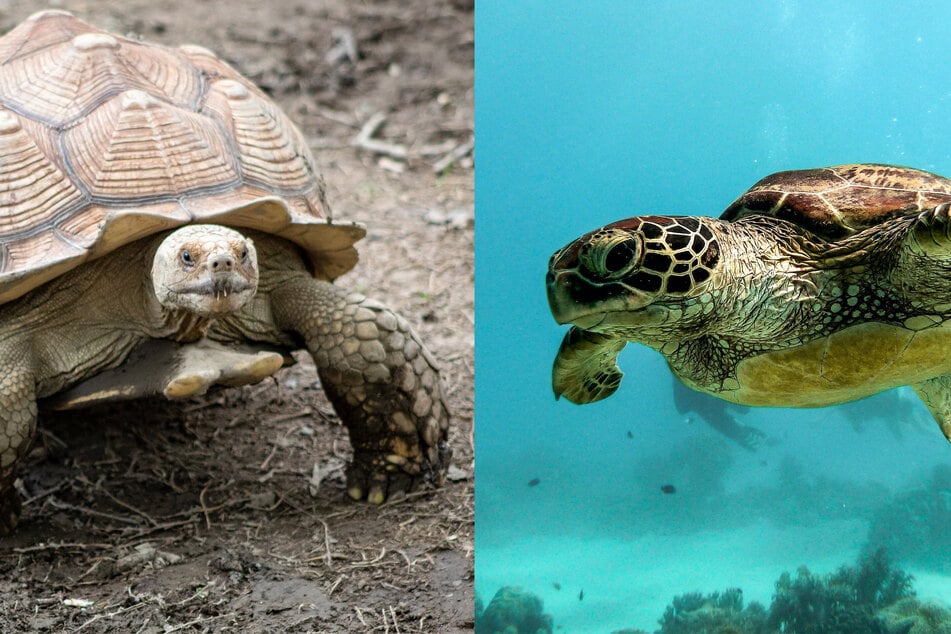
If you've ever dropped a tortoise into a pool of water, you've probably learned the key lesson of this article (also, shame on you!).
To avoid any future accidents, it's time to put the power of education to use.
In this animal guide, TAG24 dives into the key differences between turtles and tortoises. How can you tell them apart? Let's find out!
What's the difference between a turtle and a tortoise?
Tortoises and turtles are distinct animals, though related genetically. They do have a critical difference, one that would spell doom for one of these shelled beasts if mistaken.
Tortoises have big, toed feet and dome-like shells and are completely incapable of swimming. On the flip side, turtles are more streamlined, have flippers, and live in the water.
Don't be upset if you didn't know that tortoises and turtles are different animals. After all, it's not something that's generally taught in school. Despite that, it's important to understand the difference if you ever come across one of these creatures in the wild.
Here are a few key differences between turtles and tortoises:
- Turtles have elongated, smooth, and streamlined shells, while tortoises have shells that are big, bulky, and armor-like.
- Tortoises have giant, thick legs that are somewhat reminiscent of an elephant, while turtles have flippers.
- Turtles spend most of their time in water, while tortoises can't swim.
- Tortoises are usually vegetarians, while turtles are omnivores.
If you find a turtle on land and are worried that it should be in the water, check that it's not a tortoise before you throw it back in.
Fun fact: Tortoises are all phylogenetically turtles, but not all turtles are phylogenetically tortoises. In other words, tortoises are a kind of turtle, but not the other way around.
How to tell a tortoise apart from a turtle
There are a few important things to pay attention to when trying to determine whether one of these shelled cuties is a turtle or tortoise. It comes down to the feet, the girth, and the shell, but let's give you a clear description of what a tortoise looks like.
If what you are looking at is a tortoise, you will notice toes and elephant-like stompers. The shell will be more of a dome and very bulky, and the animal will walk on its feet, not on flippers.
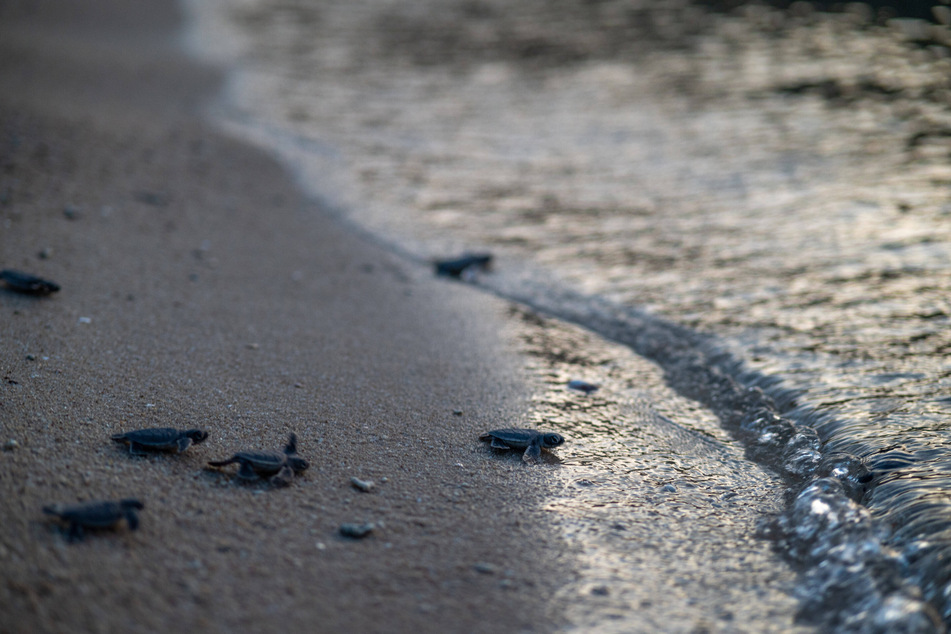
Baby tortoises vs. turtles
Turtles and tortoises are both reptiles and lay eggs. These eggs will hatch, and the babies will head out into the adventure that is life. After the eggs have been laid, both turtle and tortoise females wander off, never to return, and the male parents are even less involved.
The difference, though, is that while turtles also lay their eggs on land, the babies immediately wander across the sand and into the water once they hatch.
Isn't that dangerous? Well, yeah, both baby turtles and baby tortoises often die very young, with only a small percentage of them making it to adulthood (at which time they may live for many, many years). Babies will often be picked off by predators, or the eggs will be consumed before hatching.
Don't mistake the differences between turtles and tortoises!
Let's finish by getting a little personal: As a kid, a family friend had a turtle named "Tortie." This, as I would find out when I became older, was misnomer to the extreme. For starters, the medium-sized fellow swam in a tank of water.
Turtles can swim; tortoises can't swim. This is the most important thing to understand: if you see a tortoise out of water, don't throw it in a lake. It will drown.
Cover photo: Kris-Mikael Krister / Unsplash & Jose Aragones / Unsplash (TAG24 Edit)

